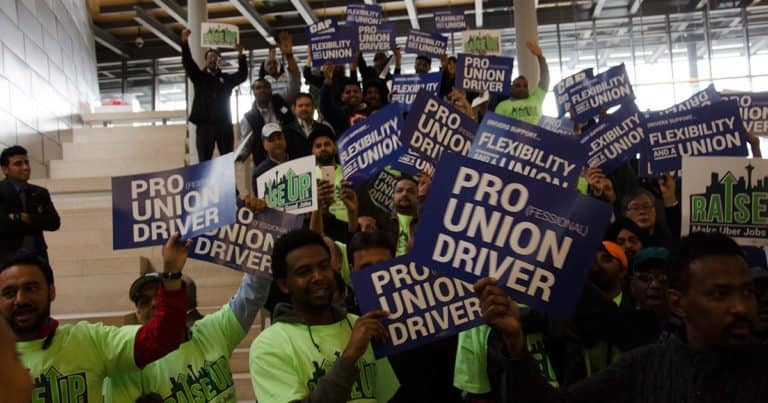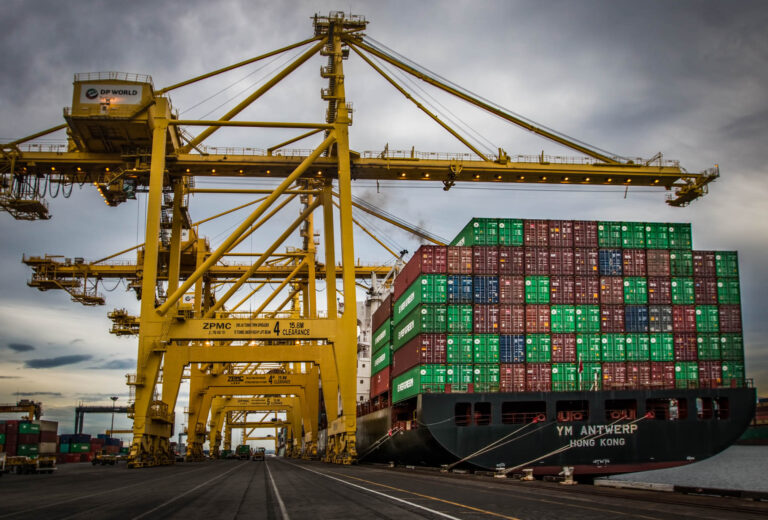
Dr. David Doorey is a Professor of Labor and Employment Law at York University in Toronto.
The Supreme Court’s recent decision to grant certiorari in Glacier Northwest has raised concerns that the Court will further weaken an already–thinly protected right to strike in the U.S. The narrow preemption issue raised in that case does not arise in the Canadian context, but on the substantive issue of whether an employer can sue a union in Canada for tortious behavior during a lawful strike that damages employer property, with some provisos, the answer is yes. Although the labor law models of the neighboring countries share much in common, the laws governing strikes diverge quite sharply. While there is a general presumption that Canadian labor laws are superior in all regards, the story of strike law is more complicated. In fact, my view has long been that the ideal protection of the right to strike under a Wagner-style labor law framework would draw on elements from both countries’ models.
The comparison between the two labor law models is appropriate because Canada imported the central elements of NLRA in the early 1940s, but with some important tweaks. In U.S. labor law reform debates, focus is usually directed at those Canadian tweaks that are superior in terms of protecting the right to organize, such as the use of card-check or “quick votes” to test employee support for collective bargaining. However, as in the U.S., the Canadian Wagner model is the product of historical compromises between capital, labor, and governments of various ideological bents over time. We cannot fully understand today’s legal model without an appreciation of how we got here.
By the early 1940s, Canadian governments were under increasing pressure to adopt a “Canadian Wagner model.” The historical context is important. Canada entered World War II in 1939 and the war effort began in earnest. Public support for the war was high, but so too was labor unrest and militancy. With working-aged men joining the military and full employment due to wartime production, workers enjoyed unprecedented bargaining power. Union membership in Canada doubled between 1940 and 1945. In 1943, a year before Canada’s first statutory “right to strike“ was enacted, one out of every three Canadian workers struck for improved working conditions. Business leaders pressed governments to bring an end to the strikes. Unions lobbied for a “Canadian Wagner Act” that would force employers to the bargaining table, and an upstart political party known as the Cooperative Commonwealth Federation (predecessor to the New Democratic Party) was promising to enact one if elected.
In 1944, these pressures led the federal Liberal government to introduce legislation loosely modeled after the NLRA. The legislation, entitled PC 1003, was enacted under war-measures legislation that granted the federal government temporary jurisdiction over labor relations in key industries. After the war, primary jurisdiction over labor relations reverted to the provinces, which introduced provincial legislation modeled after the PC 1003. Among the most consequential differences between the post-War Wagner models in the two countries related to workers’ right to strike. The fact that reducing the number of strikes was the principal objective of PC 1003 is reflected in the law’s very narrow protection of the right to strike.
A cornerstone of the NLRA is the Section 7 right of workers to ”engage in concerted activities for mutual aid and protection.” As I explain in a recent article, legislation enacted in Canada in the late 1930s followed the NLRA quite closely in protecting employees from reprisals when they combined to advance their collective interests. However, 1940’s Canadian labor legislation, with its emphasis on reining in strikes, dropped reference to a general right to act collectively in favor of protecting a narrower “right to engage in lawful trade union activities.“
The implications of this seemingly subtle distinction went largely unnoticed. Canadian unions did not care. After all, how else would workers act collectively if not through trade-union activities? However, the decision to treat strikes narrowly as a feature of trade union activities produced a distinctive and very narrow right to strike in Canada. Briefly, the scope of what constitutes a lawful strike is much narrower in Canada than in the U.S., although the degree of protection for lawful strikers is greater in Canada. The approaches to the right to strike in the two countries can be summarized like this:
| What Qualifies as a Lawful Strike | Scope of Protections for Lawful Strikers | |
| Canada | Only strikes by employees in a majority certified union (or union voluntarily recognized by the employer), occurring when no collective agreement is in effect, and when collective bargaining has reached an impasse following government conciliation and a mandatory waiting period, and that are supported by a majority strike vote of employees. | Entitlement of lawful strikers to return to their pre-strike job at the conclusion of a strike. In Ontario, statutory just cause protection for strikers. |
| United States | Strikes by unionized or non-union employees that amount to “concerted activities for mutual aid and protection.” | Strikers have a right to return to their old jobs following an unfair labor practice strike but can be “permanently replaced” in the case of economic strikes. |
This brief overview demonstrates how a more robust right to strike than is presently protected in either country could be constructed by merging elements of the two Wagner models. Canadian law would benefit from a broader free-standing “right to associate” or to engage in concerted activities at work like that afforded by Section 7 of the NLRA, and which covers both union and non-union workers. The absence of such a right has become more evident as private-sector union density has fallen to 15 percent. Canada cannot claim to protect a right to strike in Canada when some 85 percent of private sector workers can be fired for striking. In addition, the statutory ban on mid-contract strikes in Canada should be revisited. Following the U.S. approach, employers should bargain no-strike clauses if they want them. On the other hand, the right to strike in the U.S. would be dramatically strengthened by a Canadian-inspired right of lawful strikers to return to their jobs, regardless of the purpose of the strike. Where strike-replacement workers are permitted at all in Canada, they are mere placeholders until lawful strikers return.
A theme is that the two countries can learn from one another in terms of improving worker protections. Usually, Canadian law offers lessons for an inferior U.S. model. However, sometimes the learning flows in the other direction. Myself (see here and here) and others (here) have argued for many years in favor of an NLRA Section 7–like right to engage in concerted activities in Canada. Unlike in the U.S., labor law reform is relatively common in Canada and, in fact, a recent federal government study recommended adding a right to concerted activities to Canadian labor law. It is only a matter of time before this change is made somewhere in Canada, but we will need to be diligent to ensure that this addition to the scope of protected strike activity is not accompanied by a U.S.-inspired hollowing out of strikers’ right to return to work after a lawful strike.










Daily News & Commentary
Start your day with our roundup of the latest labor developments. See all
December 12
OH vetoes bill weakening child labor protections; UT repeals public-sector bargaining ban; SCOTUS takes up case on post-arbitration award jurisdiction
December 11
House forces a vote on the “Protect America’s Workforce Act;” arguments on Trump’s executive order nullifying collective bargaining rights; and Penn State file a petition to form a union.
December 8
Private payrolls fall; NYC Council overrides mayoral veto on pay data; workers sue Starbucks.
December 7
Philadelphia transit workers indicate that a strike is imminent; a federal judge temporarily blocks State Department layoffs; and Virginia lawmakers consider legislation to repeal the state’s “right to work” law.
December 5
Netflix set to acquire Warner Bros., Gen Z men are the most pro-union generation in history, and lawmakers introduce the “No Robot Bosses Act.”
December 4
Unionized journalists win arbitration concerning AI, Starbucks challenges two NLRB rulings in the Fifth Circuit, and Philadelphia transit workers resume contract negotiations.